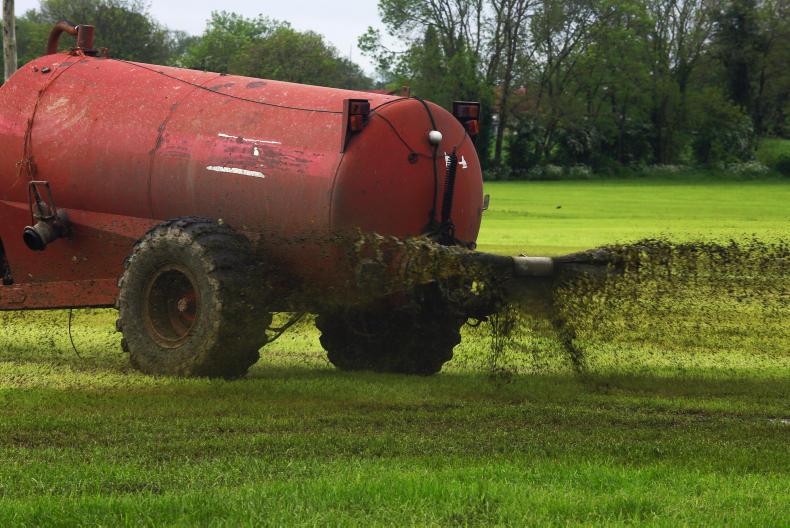According to the latest figures compiled by the EEA, Ireland was one of six EU countries that exceeded emission limits for two or more major air pollutants in 2015.
The biggest challenge to agriculture comes from emissions of so-called non-methane volatile organic compounds (NMVOCs), a collection of gases that can cause diseases including cancer and respiratory and cardiovascular diseases. Ireland exceeded its NMVOCs emission ceiling by 84%, the highest in the EU.
Solvents and slurry
NMVOCs are released by chemicals used in paints and solvents, but also by livestock manure, especially cattle slurry. Agriculture represents around half of Irish NMVOCs emissions and was only included in calculations in 2013.
Ireland has applied to have this recent development recognised under rules allowing flexibility for countries improving the way they measure pollutant emissions after 2010. If the European Commission accepts Ireland’s request, it will bring 2015 emissions for all pollutants in line with EU rules, the EEA said.
Proposed splash plate ban
Irish emissions of nitrous oxides (NOx), too, were 19% above target. While these gases come mostly from transport, a small portion of them is also released from soil. However, Ireland reported that it is on track to achieve 2020 NOx emission reduction targets.
The country respected its ammonia emission limit in 2015, with nearly all emissions coming from slurry. However, Ireland reported that it would miss its 2020 and 2030 targets under current rules.
This was the basis for the Government’s recent clean air strategy consultation, which asked the question whether splash-plate slurry spreading, which is associated with high ammonia emissions, should be banned.
Read more
Shock new €36m slurry rules
According to the latest figures compiled by the EEA, Ireland was one of six EU countries that exceeded emission limits for two or more major air pollutants in 2015.
The biggest challenge to agriculture comes from emissions of so-called non-methane volatile organic compounds (NMVOCs), a collection of gases that can cause diseases including cancer and respiratory and cardiovascular diseases. Ireland exceeded its NMVOCs emission ceiling by 84%, the highest in the EU.
Solvents and slurry
NMVOCs are released by chemicals used in paints and solvents, but also by livestock manure, especially cattle slurry. Agriculture represents around half of Irish NMVOCs emissions and was only included in calculations in 2013.
Ireland has applied to have this recent development recognised under rules allowing flexibility for countries improving the way they measure pollutant emissions after 2010. If the European Commission accepts Ireland’s request, it will bring 2015 emissions for all pollutants in line with EU rules, the EEA said.
Proposed splash plate ban
Irish emissions of nitrous oxides (NOx), too, were 19% above target. While these gases come mostly from transport, a small portion of them is also released from soil. However, Ireland reported that it is on track to achieve 2020 NOx emission reduction targets.
The country respected its ammonia emission limit in 2015, with nearly all emissions coming from slurry. However, Ireland reported that it would miss its 2020 and 2030 targets under current rules.
This was the basis for the Government’s recent clean air strategy consultation, which asked the question whether splash-plate slurry spreading, which is associated with high ammonia emissions, should be banned.
Read more
Shock new €36m slurry rules






 This is a subscriber-only article
This is a subscriber-only article










SHARING OPTIONS: